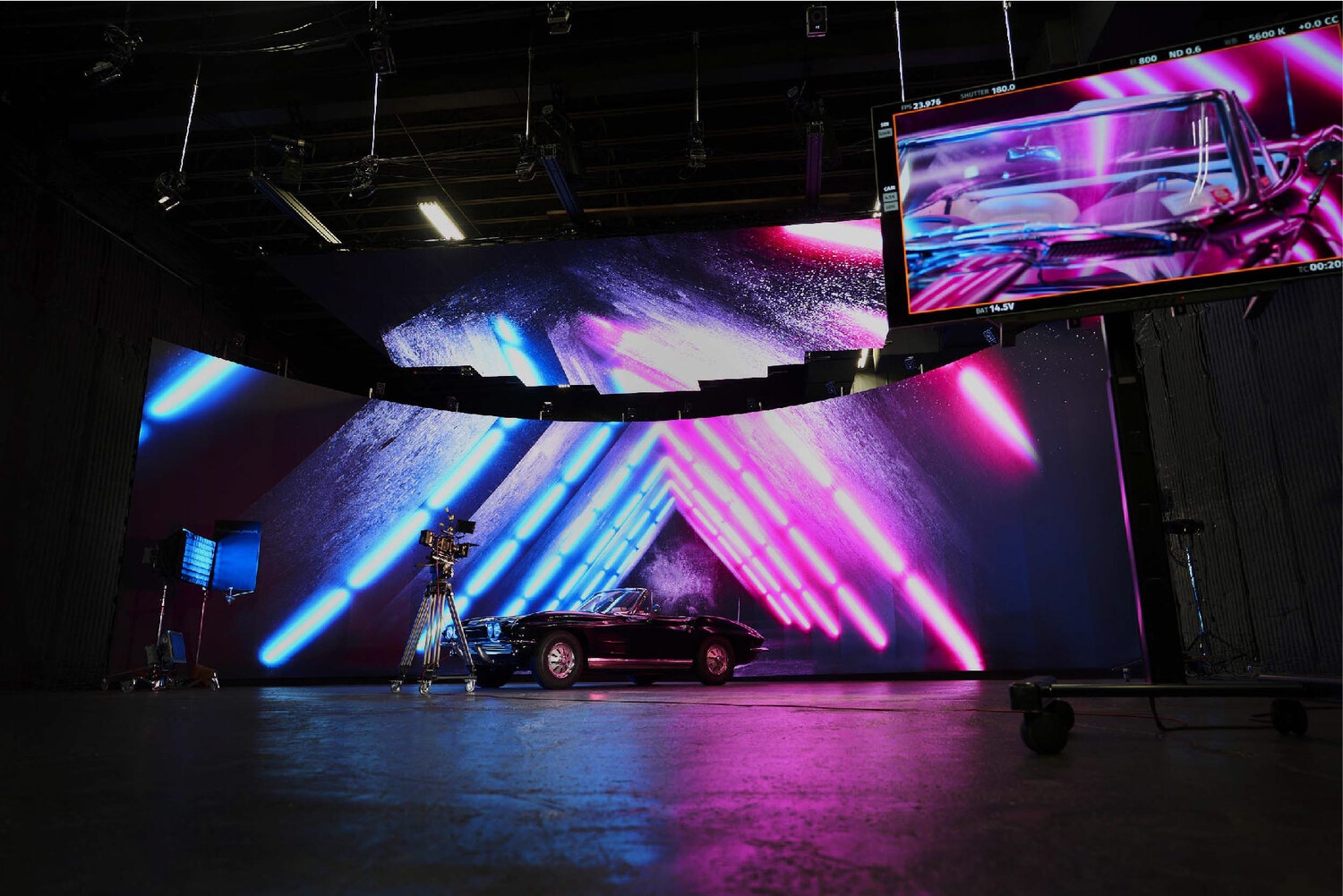Clarifying Light Emitting Diode Wall Screen Illumination Measurements to Optimal Visual Effectiveness
Clarifying Light Emitting Diode Wall Screen Illumination Measurements to Optimal Visual Effectiveness
Blog Article
Light Emitting Diode panel panels have become increasingly popular in different environments, including homes to commercial spaces as well as communal spaces. These panels tend to be known for their vivid as well as dynamic displays, which make them ideal for communicating information, ads, as well as engagement. Nevertheless, comprehending brightness illumination levels of LED wall screens remains crucial for guaranteeing optimal visual efficacy. Illumination is measured using metrics known as candelas, that indicate how much light produced by the panel. A higher number of number in candelas, the brighter more luminous the visual is. For instance, example, a panel with 1,000 nits stands significantly brighter than one featuring 500 nits, making it more suitable for brightly lit settings.
As you selecting an LED wall panel, it is crucial to take into account which environment in which it will be used. In brightly lit areas, such as shopping malls or outdoor locations, a increased luminosity rate becomes essential for guaranteeing clarity. Conversely, within dimmer settings, such as theaters or conference rooms, a lower brightness level may suffice. This excessive bright excessive luminosity within an dim setting may result in viewer discomfort among viewers, making it harder to concentrate with a screen. Thus, comprehending specific particular requirements for an setup site will aid in choosing the right brightness level for optimal viewing experience.
Another important factor to consider the the contrast ratio of the Light Emitting Diode panel screen. This ratio measurement indicates the difference exists between the brightest brightest white versus the darkest black shade that the panel is able to produce. An higher differential proportion indicates the display can it is capable of present more detail as well as richness, which enhances overall image clarity. For example, one screen with a contrast ratio at ten thousand to one is able to show images with greater brilliant hues as well as sharper details compared to one with a ratio at 1,000:1. This is particularly crucial in instances visit site where showing visuals or videos which demand high definition as well as fine details, such as presentations or promotional material.
Additionally, the technology technology behind LED wall panels plays a essential part for their brightness and total efficiency. Different kinds in Light Emitting Diode technologies, such as Organic Light Emitting Diode as well as Liquid Crystal Display, possess unique characteristics that affect how luminosity is experienced. Organic Light Emitting Diode address screens often offer better differential and deeper blacks, thereby may improve a viewing experience within dim environments. On the other hand, standard Light Emitting Diode panels may prove to be better for bright spaces due to the ability to generate higher levels of illumination. Comprehending these tech-related variances can guide users to deciding on knowledgeable decisions according to specific specific requirements.
In conclusion, regular maintenance as well as adjustment of Light Emitting Diode wall panels can help preserve ideal illumination and efficacy long-term. Dust and particles may build up in a surface, affecting its brightness and sharpness of the visual. Regular washing and professional adjustment may ensure that panel panel operates in its optimal, providing consistent image clarity. Additionally, certain advanced LED panel panels feature built-in built-in options which allow users for adjust brightness settings and hue adjustments according to individual preferences. Through taking such steps, operators will guarantee that LED LED panel screens deliver an optimal visual efficiency, regardless of the setting in that they are placed.